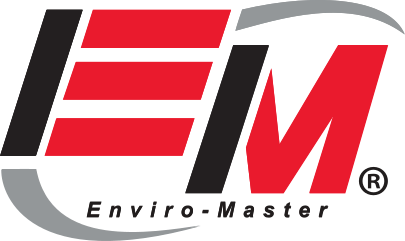Vomiting, sneezing, blood dripping from an open wound — these are just a few examples of what goes on in hospitals around the country every day. Once the patient’s condition is under control, there is still additional work to be done to make sure any surfaces or equipment that may be contaminated by harmful bacteria or micro-organisms are quickly disinfected.
The most common type of hospital-acquired infections are bloodstream infections, pneumonia, urinary tract infections, and surgical site infections. Any surface left uncleaned can become a source of cross-contamination for an unsuspecting hospital employee, patient, or visitor.
What is Cross-Contamination?
First, what is cross-contamination? It sounds a little sinister, but in fact, it’s unintentional and happens more often than you think. Cross-contamination is when bacteria or other microorganisms are transferred from one surface, or person, to another.
Hospital kitchens are a common source of cross-contamination. Someone handles raw meat, such as chicken, and then touches a counter or a hand towel before properly washing their hands. Another kitchen worker comes along and unknowingly picks up germs or bacteria from the chicken by touching the towel or counter. It could make them sick, and they could also pass the germs along to a co-worker, patient, or hospital visitor.
Other Sources of Cross-Contamination in Hospitals

Doctors and other hospital staff are trained to avoid cross-contamination by wearing protective gloves and gowns and washing their hands often. But what about staff members who don’t wash their hands as often as they should? And what about sick patients? Someone suffering from the flu can walk through a door, and every person who grabs that door handle after them can come in contact with the virus. It takes just one person with a contagious illness to contaminate a door handle, a waiting room chair, a sink, etc. and put others at risk.
Separate waiting rooms can help reduce cross-contamination. Keeping sick patients separate from people visiting patients and people who are coming to the hospital for a regular checkup can reduce the risk of spreading a contagious illness.
What Germs are Lurking in Hospitals?
Patients go to the hospital to get better, and many patients are walking in the door with an infectious illness that could be spread to others. One study found that hospital beds are literally hotbeds for germs and bacteria if not cleaned properly between patients. Some of the most common germs and bacteria found lurking on hospital surfaces are:
- Streptococcus
- MRSA
- Norovirus
- Influenza
- Hepatitis
Experts say the best way to prevent cross-contamination in hospitals, or any other healthcare facility, is to wash hands regularly. Make sure hand sanitizer dispensers located around the facility are refilled and are in good working order. Hospitals also need to have proper disinfecting and sanitizing procedures in place.
Disinfecting Surfaces and Preventing Cross-Contamination
It’s vitally important to prevent cross-contamination in hospitals, where many patients already have compromised immune systems because their bodies are trying to heal from another medical condition. Hospital cleaning schedules should focus on disinfecting procedures to kill germs and bacteria that may be lurking on nearly every surface to reduce the risk of transmission.
Commercial cleaning services should focus on restrooms, exam rooms, floors, waiting rooms, play areas, kitchens and other areas where there is a risk of cross-contamination. At Enviro-Master, our state-of-the-art technology kills germs and bacteria on contact and keeps killing harmful pathogens for a week. Expert health and safety technicians use a powerful disinfectant that is non-irritating to the skin and NSF certified for food contact surfaces.
For more information, contact your local Enviro-Master team.

